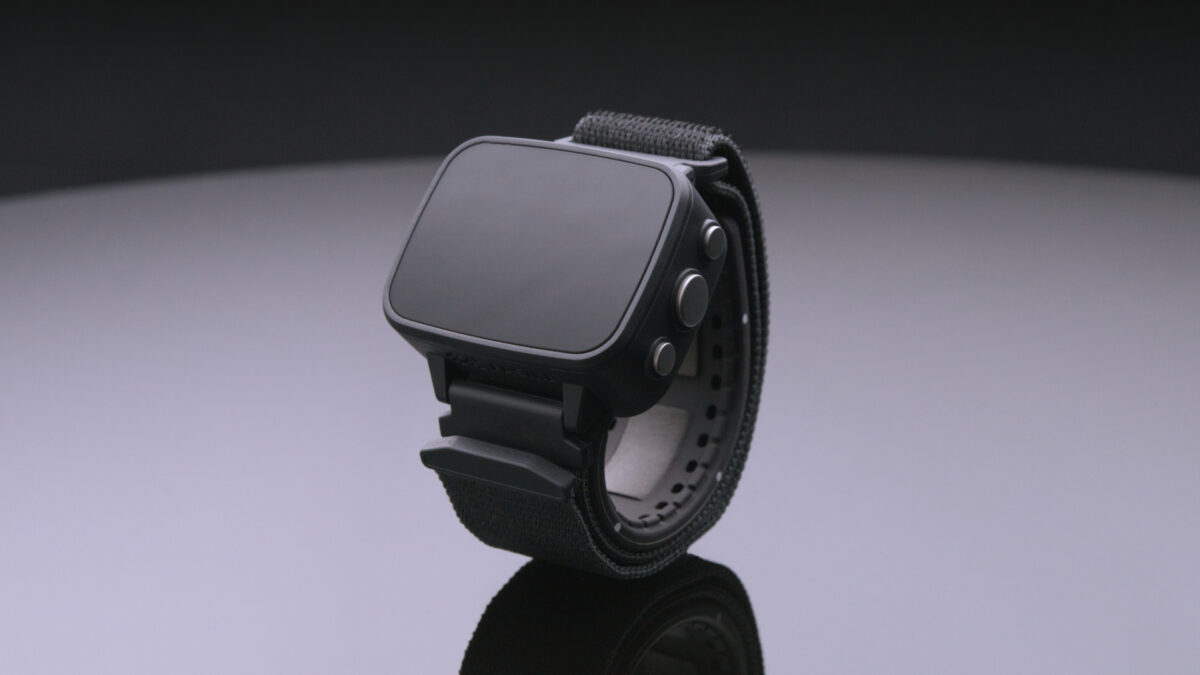Eli Lilly (NASDAQ: LLY) reported late last week that its investigational diabetes injection, tirzepatide, demonstrated superiority to Novo Nordisk’s (NASDAQ: NVO) ozempic (semaglutide) in a Phase III trial. The study showed tirzepatide induced greater reductions in both blood sugar and weight loss in adults with type 2 diabetes.
Lilly says tirzepatide led to superior A1C and body weight reductions from baseline across all three doses compared to injectable semaglutide at a dose of 1 mg in type 2 diabetes patients.
Moreover, at a dose of 15 mg, tirzepatide led to A1C levels of less than 5.7 percent in 51 percent of patients — which is the level seen in people without diabetes — compared to 20 percent of those that received semaglutide.
The promising results could put Lilly on track to win approval for tirzepatide, and backed by the robust data, could garner widespread acceptance as a treatment of type 2 diabetes.
Lilly and Novo are longtime competitors in the diabetes drug arena, particularly in the development of glucagon-like peptide-1 (GLP-1) receptor agonist drugs. Lilly’s Trulicity, taken once weekly, has proven to be a game-changer and raked in $5.1 billion in sales last year, making it the company’s biggest revenue generator in 2020. And now the tirzepatide results could help Lilly continue its market march if it wins approval for it.
It is estimated that 34 million Americans (just over one in ten) and approximately 463 million adults worldwide suffer from diabetes. Globally, type 2 diabetes is the most common form of the disease and in the US, it accounts for 90 to 95 percent of all diabetes cases.
Related: Type 1 Diabetes Vaccine: Does Diamyd Have a Winning Formula?
GLP-1 Receptor Agonists
GLP-1 receptor agonists lower blood glucose levels by increasing the production of insulin. They work to lower glucose levels as well as promote weight loss. The mechanisms behind how they lead to weight loss are unclear, but may include suppression of appetite. The majority of GLP-1 agonists are administered in injectable form, typically as a once or twice daily or weekly shot.
GLP-1 receptor agonists mimic the action of GLP-1, an intestinal hormone that stimulates the secretion of insulin when blood glucose levels rise. GLP-1 acts on GLP-1 receptors on insulin-producing pancreatic β cells to stimulate insulin secretion. In the stomach, GLP-1 inhibits gastric emptying, acid secretion and motility to decrease appetite.
In the US, there are currently several approved GLP-1 agonists for treating type 2 diabetes. These include: dulaglutide (trulicity), albiglutide, exenatide extended release (bydureon), exenatide (byetta), semaglutide (ozempic), semaglutide oral form (rybelsus), liraglutide (victoza) and lixisenatide (adlyxin). Liraglutide is not a first-choice treatment because of its potential for inducing the development of thyroid tumors and unknown outcomes for conditions like heart disease.
Tirzepatide versus Semaglutide
Semaglutide acts by inhibiting glucagon, which is a hormone that increases blood sugar. It may stimulate the growth of insulin-producing β cells in the pancreas. It also suppresses appetite by slowing down digestion in the stomach.
Tirzepatide consists of both a glucose-dependent insulinotropic polypeptide (GIP) and GLP-1 receptor agonist. It combines the action of both glucose-lowering metabolic hormones into a single molecule. While GIP’s main function is to stimulate insulin secretion, it is also a weak inhibitor of gastric acid secretion. The rationale for combining it with GLP-1 receptor agonists comes from preclinical studies that show when GIP is combined with a GLP-1 receptor agonist, it can decrease food intake and increase energy expenditure to induce reductions in weight.
SURPASS-2 Clinical Trial
The tirzepatide results come from Lilly’s 40-week, randomized, open-label SURPASS-2 clinical trial involving 1,879 participants. The participants had a mean diabetes duration of 8.6 years, a baseline A1C of 8.28 percent and a baseline weight of 93.7 kg. The trial compared the safety and efficacy of tirzepatide with semaglutide as an add-on to metformin in adults with type 2 diabetes.
Compared to semaglutide, all three doses of tirzepatide (5 mg, 10 mg and 15 mg) led to significantly higher A1C and body weight reductions. Of the participants that received 15 mg of tirzepatide, 92 percent achieved an A1C of less than seven percent — which is the American Diabetes Association’s recommended target level for people with diabetes — compared to 81 percent of those that took semaglutide. Even at the lowest dose of 5 mg tirzepatide, 82 percent of participants exhibited an A1C of less than seven percent.
The highest dose of tirzepatide (15 mg) reduced A1C by 2.46 percent and body weight by 12.4 kg (13.1 percent). The lowest dose of tirzepatide (5 mg) reduced A1C by 2.09 percent and body weight by 7.8 kg (8.5 percent) compared to semaglutide at 1.86 percent and 6.2 kg (6.7 percent).
“Nearly nine in ten people with type 2 diabetes in the US are overweight or have obesity, and we are committed to providing solutions that not only lead to meaningful A1C reductions but also significant weight loss to help meet their needs,” said Mike Mason, president, Lilly Diabetes, in a news release from the company.
“These striking head-to-head results surpassed our expectations, supporting our belief in the value of all three doses of tirzepatide as potential new treatment options for people living with type 2 diabetes,” Mason added.
In the trial, semaglutide was generally well-tolerated and appeared to have fewer side effects than tirzepatide. About five percent of people on low-dose tirzepatide discontinued treatment due to adverse events, and that number increased to eight percent for those on the highest dose. This compared to less than four percent of people discontinuing semaglutide treatment in the study. The 1 mg semgalutide dose evaluated in the study was lower than tirzepatide’s lowest dose (5 mg); however, dose comparisons are not always pertinent or reliable.
The most common side effects were nausea, vomiting and diarrhea.
SURPASS-2 is one of several Phase III trials that are evaluating tirzepatide against placebo and other drugs such as insulin. This includes an important cardiovascular outcomes trial that is expected to release results in 2024. For widespread acceptance, Lilly says tirzepatide will likely need to prove equivalency to Trulicity in reducing heart complications or death in diabetic patients that have heart disease.
Tirzepatide’s success is seen to be crucial for Eli Lilly’s diabetes drug business. Although Trulicity is currently the Indiana-based company’s top-seller, it will lose patent protection in 2027. Moreover, Novo is currently working to develop its oral form of semaglutide (rybelsus), and is also engaging the FDA for approval of a higher 2 mg dose of its injectable semaglutide.
Competition is rife in the diabetes drug arena, with the ultimate goal being to bring new and improved treatments to market for patients with type 2 diabetes.











Join or login to leave a comment
JOIN LOGIN